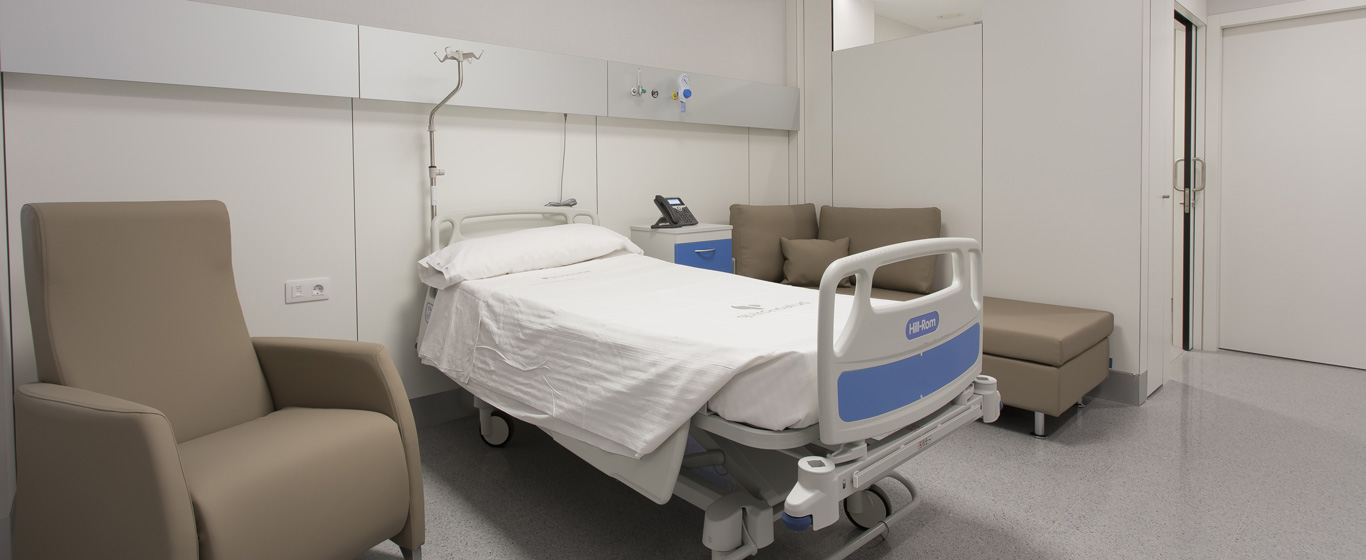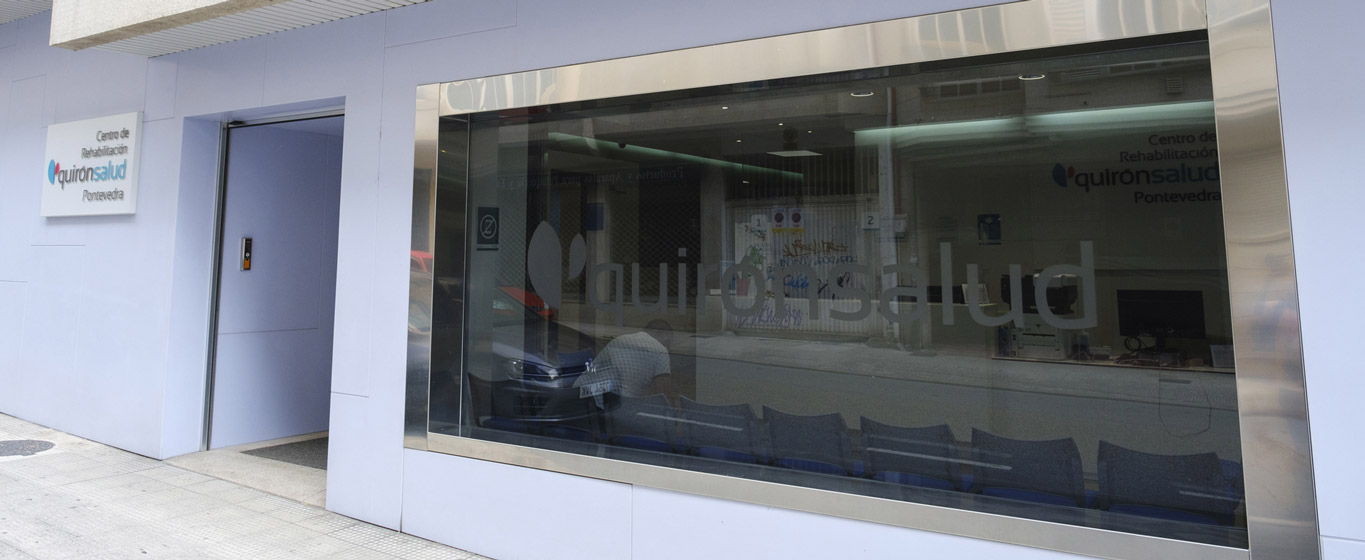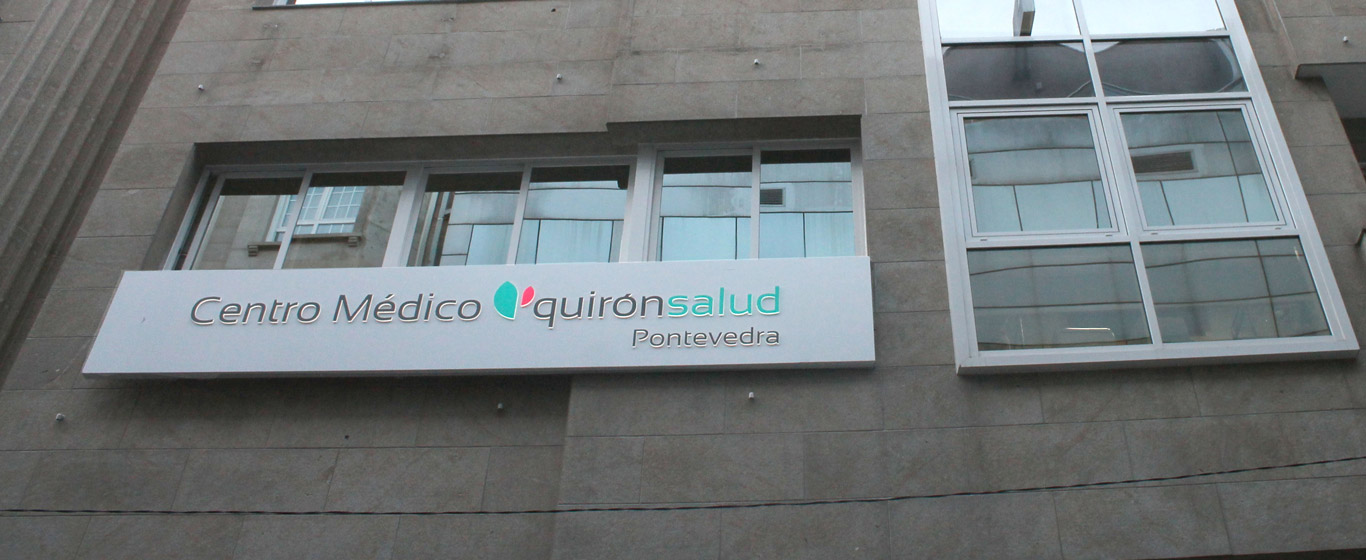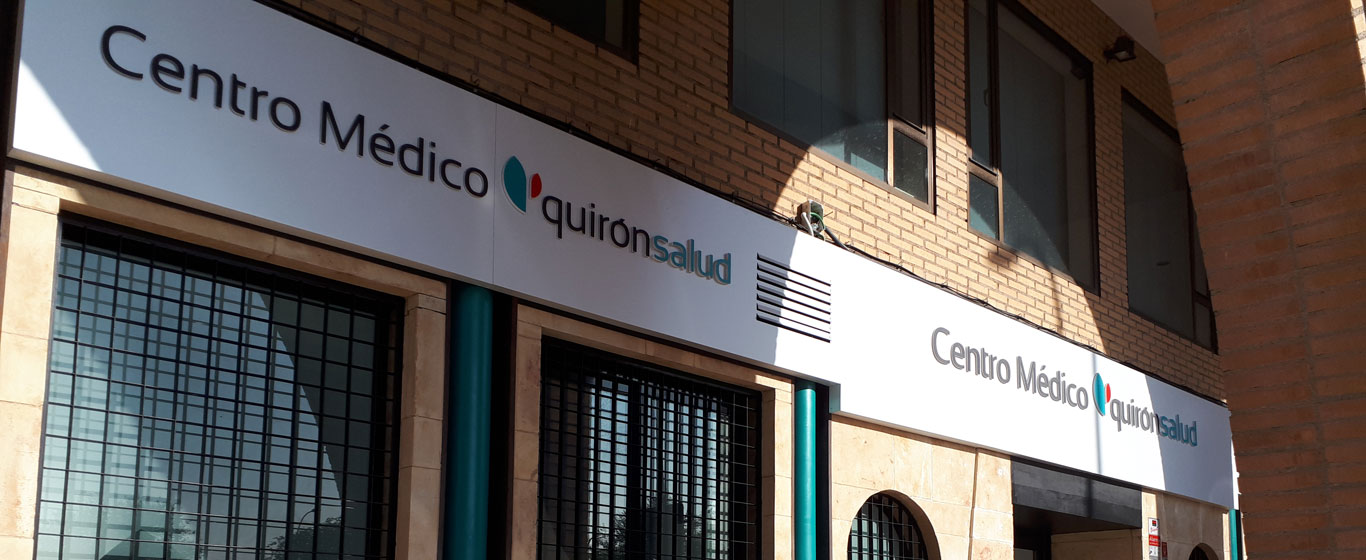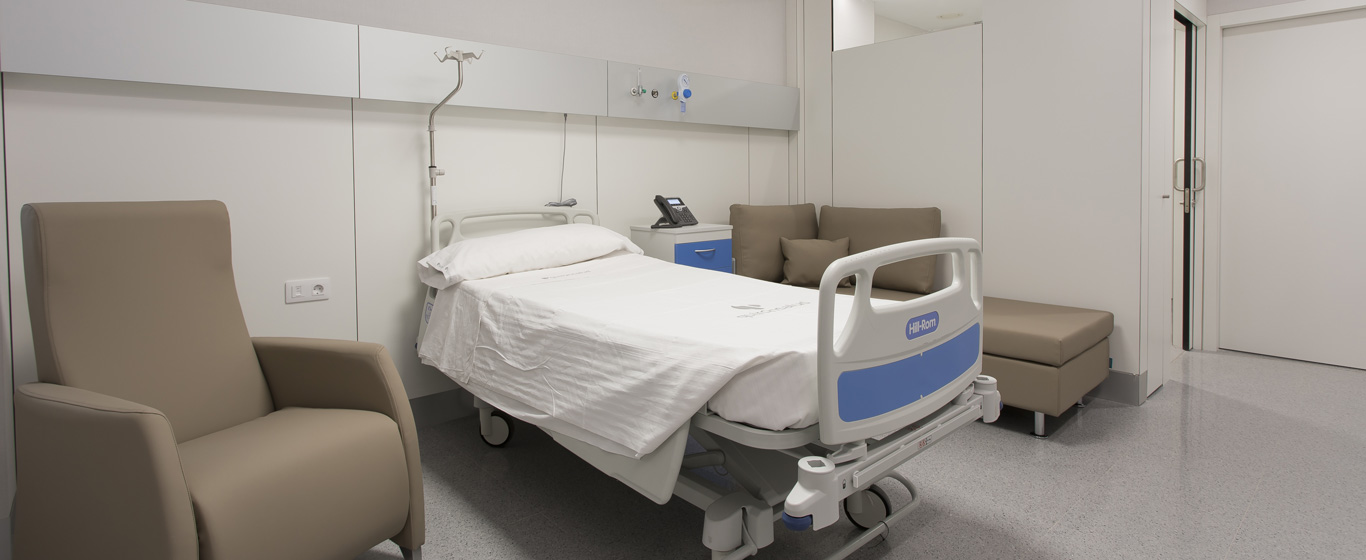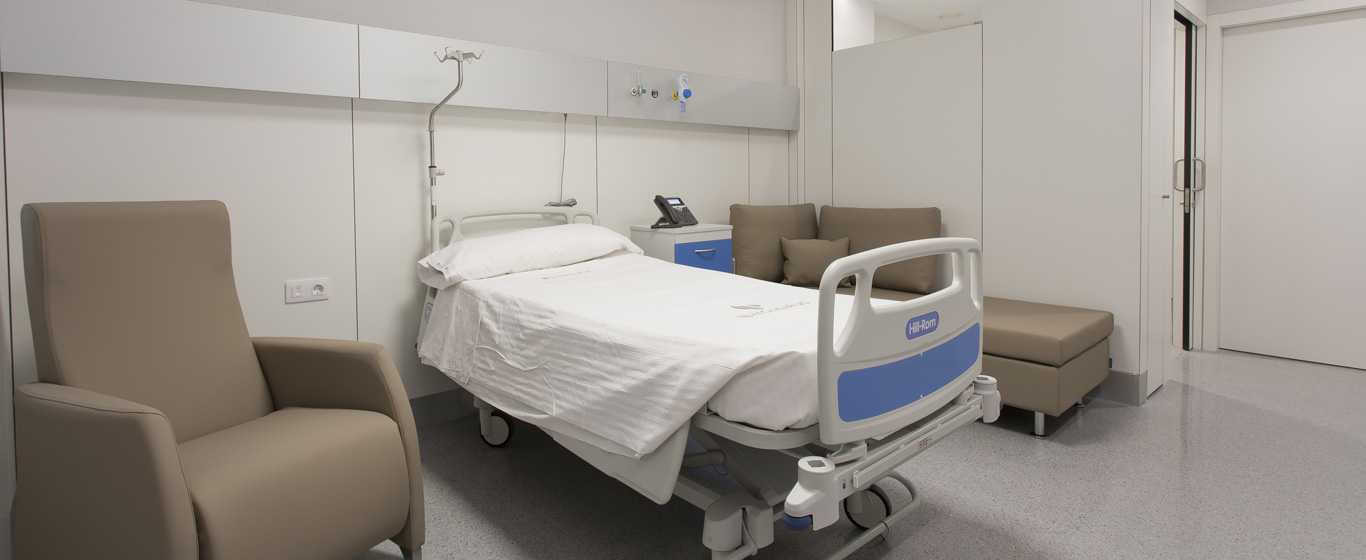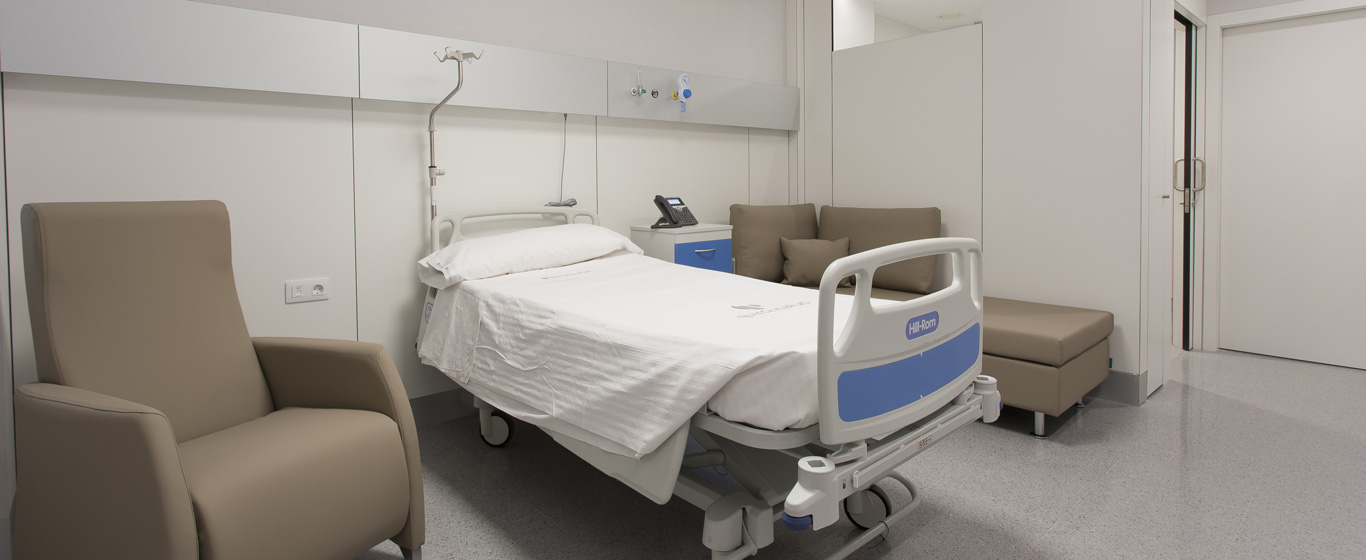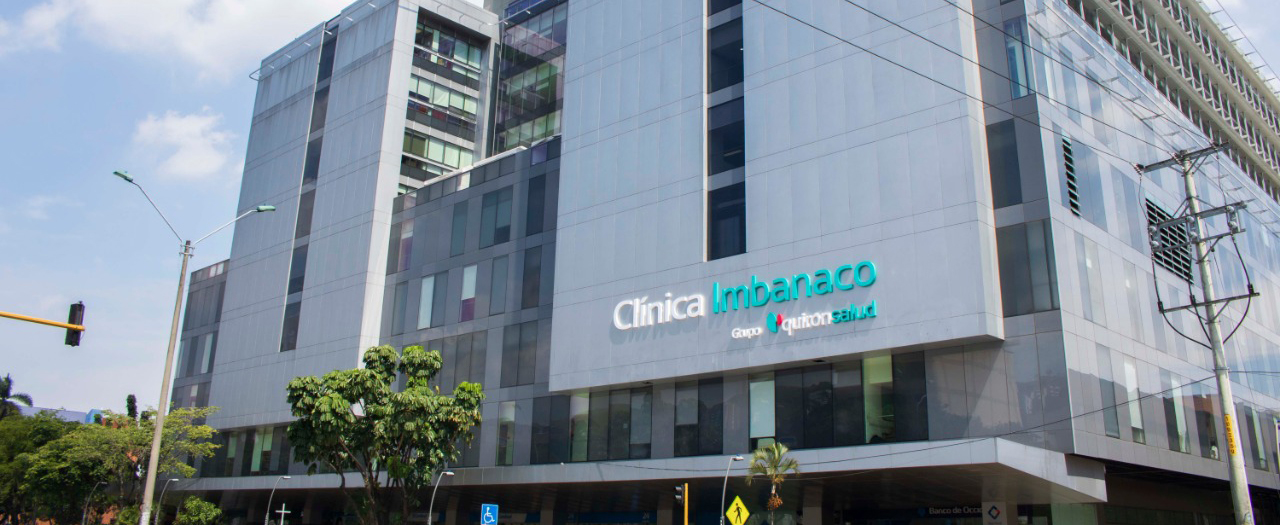Periodontitis
Is it possible to cure periodontitis? All the information about the causes, symptoms, and treatments of this disease.
Symptoms and Causes
Periodontitis, also known as periodontal disease or pyorrhea, is an infectious condition of the gums, primarily caused by excessive plaque and tartar buildup over time. It is characterized by inflammation, bleeding, and the progressive destruction of the soft tissue surrounding the tooth, the ligament connecting it to the jawbone, and the bone where it is anchored. This can cause teeth to loosen and eventually fall out. It is a very common disease that typically develops from adolescence and is the leading cause of tooth loss in adults.
Depending on the severity of the symptoms, there are three types of periodontitis:
Chronic Periodontitis: The most common form of the disease. Based on its progression, it is classified into three stages:
- Gingivitis: Plaque begins to accumulate, irritating and inflaming the gums.
- Initial Periodontitis: The gums start to detach from the teeth, forming a periodontal pocket where more plaque accumulates, deepening the gum sulcus.
- Moderate Periodontitis: The pockets become deeper, the gums recede, and the bacterial infection spreads toward the tooth root, destroying up to one-third of the supporting bone.
- Advanced Periodontitis: More than half of the supporting bone is lost, causing tooth mobility, instability, and potential tooth loss.
Aggressive Periodontitis: This form progresses rapidly, leading to severe bone loss. It affects a smaller population, mainly children and young adults, and can be classified as:
- Localized Aggressive Periodontitis: Usually affects the molars and incisors.
- Generalized Aggressive Periodontitis: Can affect the entire dentition.
- Necrotizing Ulcerative Periodontitis: Characterized by ulcers on the papillary tissue and gum margins, as well as tissue necrosis affecting the gums, ligament, and bone. It is highly painful and occurs rarely, primarily in patients with weakened immune systems.
Symptoms
Periodontitis presents different symptoms depending on the stage of the disease:
Initial Stage: Symptoms can be very subtle and go unnoticed:
- Bright red or purplish gums (healthy gums are usually pink).
- Gum inflammation.
- Bad breath (halitosis).
- Bleeding when brushing teeth.
- Tooth sensitivity.
Moderate and Advanced Stages:
- Increased gum sulcus depth: formation of periodontal pockets.
- Gum recession, exposing part of the tooth root.
- Tooth mobility and shifting.
- Pain while chewing.
- Gum abscesses that may be purulent.
- Hard deposits on teeth, appearing yellow, greenish-brown, or white.
Causes
Periodontitis develops when bacterial plaque accumulates on teeth due to poor oral hygiene. Plaque forms easily when oral bacteria mix with sugars and starches from food but can be removed with proper brushing. If not removed, it hardens into tartar and settles at the tooth base, leading to gingivitis (gum inflammation), which can progress to periodontal pockets and spread infection to the bone.
Other contributing factors include vitamin deficiencies, hormonal changes, poorly positioned orthodontic appliances, and certain medical conditions such as infections or diabetes.
Risk Factors
The risk of developing periodontitis increases under these conditions:
- Presence of gingivitis.
- Poor oral hygiene.
- Smoking.
- Dry mouth (saliva helps prevent plaque buildup).
- Poor diet.
- Pregnancy, menopause, or hormonal contraceptive use.
- Genetic predisposition.
- Stress and anxiety.
Complications
The most common complication of periodontitis, besides recurrence, is tooth loss due to bone destruction. Additionally, the bacteria responsible for periodontitis can enter the bloodstream through the gum tissue and infect other parts of the body. Periodontitis has been linked to respiratory diseases, atherosclerosis, diabetes, and rheumatoid arthritis.
Prevention
The most effective way to prevent periodontitis is through proper oral hygiene:
- Brushing teeth for two minutes after every meal and before bedtime.
- Using dental floss once a day.
- Attending regular dental checkups (once or twice a year).
- Maintaining a healthy, balanced diet low in sugary foods.
Which Doctor Treats Periodontitis?
Periodontitis is diagnosed and treated by specialists in dentistry, stomatology, and periodontics.
Diagnosis
To diagnose periodontitis and determine its severity, several tests are performed:
- Examination of the teeth, gums, and tongue.
- Measurement of periodontal pocket depth (healthy pockets are between 1 and 3 millimeters).
- Dental X-rays to assess teeth and bone structures, as well as confirm or rule out infection.
Treatment
It is important to note that periodontitis has no cure, so treatments focus on controlling the disease and slowing its progression. Various treatment approaches are available depending on the severity of the condition:
Non-Invasive Treatments:
- Professional Dental Cleaning: Plaque and tartar are removed through dental scaling, followed by root planing to clean the gums and promote healing.
- Antibiotic Therapy: Used to reduce inflammation and eliminate bacteria responsible for periodontitis.
Surgical Treatments: In severe cases, surgery may be required. Treatment options include:
- Flap Surgery (Pocket Reduction Surgery): The gum is lifted to access the tooth, perform thorough cleaning, and correct bone defects.
- Gingivectomy: Removal of gum tissue to eliminate infected periodontal pockets, allowing the remaining gum to adhere firmly to the tooth.
- Soft Tissue Grafts: Used to cover exposed roots when gum recession occurs. Tissue is taken from the palate or other areas and grafted onto the affected site.
- Bone Grafts: If the bone is damaged, bone fragments are inserted to strengthen tooth support and prevent tooth loss. These also serve as a base for natural bone regeneration.
- Guided Tissue Regeneration: Restoration of bone and periodontal tissue using a membrane that isolates and protects the affected tooth root, encouraging bone regrowth.
- Enamel Matrix Derivative Proteins: A gel containing natural enamel proteins is applied to stimulate tooth and tissue regeneration.
- Regular Follow-ups: Since periodontitis has no definitive cure, periodic checkups are necessary to monitor for potential relapse.





